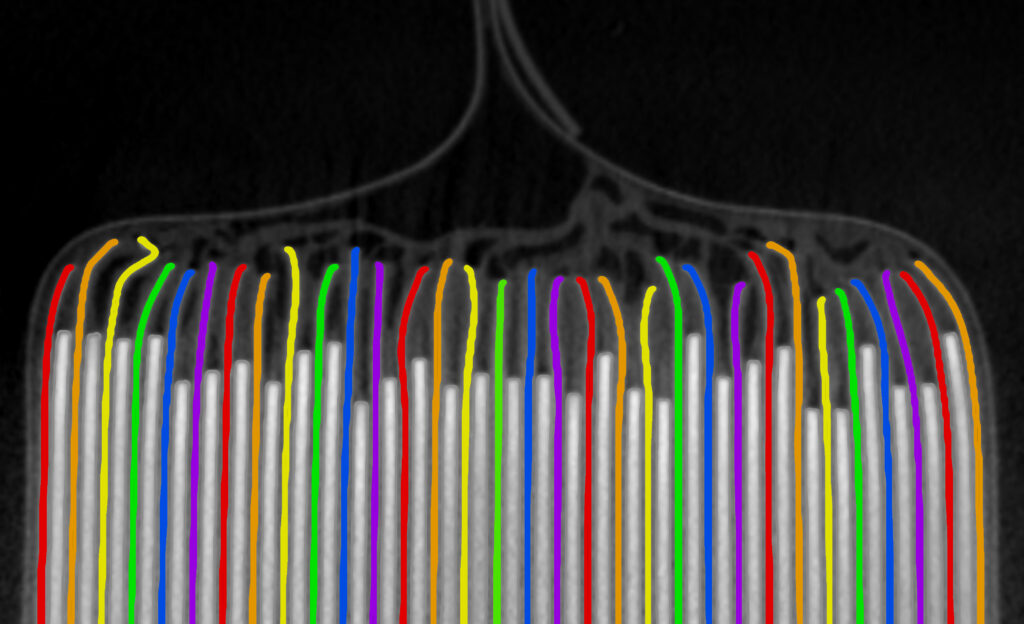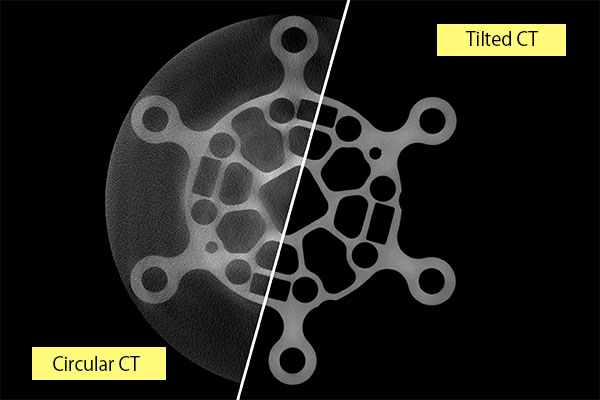In this webinar, you will learn about the major roadblocks to achieving Quality 4.0 in lithium-ion battery production – and the latest solutions.
Traditionally, CT scanning is too slow for production environments. It can limit manufacturers to 2D radiography, which can affect accuracy on complex assemblies, such as lithium-ion batteries. Nikon’s next-generation X-ray CT systems, cutting-edge AI, and proprietary X-ray-source and software technology enable high-quality 3D CT scans fast enough for production lines.
The result: zero-defect products every time.
For maximum effectiveness in identifying internal and external dimensions, defects, and assembly issues, we want the best image quality, fast. It’s critical to achieve results as close to real-time as possible to optimize production line parameters.
Nikon’s unique Rotating Target 2.0 and Half.Turn CT provide a substantial speed increase without compromising superior image quality. LiB.Overhang Analysis performs high-speed analysis with 3D data powered by AI for automated inspection of lithium batteries. The VOXLS 30 C 225, the latest addition to our new range of CT systems, integrates with shop floor processes seamlessly, with automation-ready hardware and Nikon Automation OPC UA Interface.
What you’ll learn in this webinar:
- X-ray CT solutions to common limitations in lithium-ion battery inspection
- Cutting-edge AI technology for automated high-speed anode overhang analysis
- Seamless shop floor integration features built into Nikon’s new VOXLS range of X-ray CT systems
- Near real-time feedback on internal features, enabling Industry 4.0 closed-loop process control



